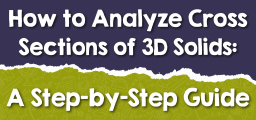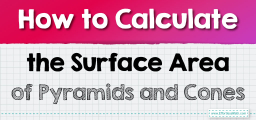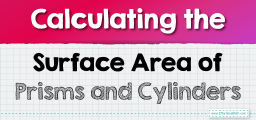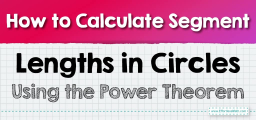The Centroid and Its Role in Triangles
The centroid of a triangle is a fascinating point of concurrency where the triangle's three medians intersect. More than just a geometric curiosity, the centroid serves as the triangle's center of gravity, a point where the triangle can balance perfectly. Understanding the centroid is not only pivotal for geometric explorations but also offers insights into the symmetrical properties of triangles. In this introduction, we delve into the significance of the centroid and its foundational role in triangle geometry.

Step-by-step Guide: The Centroid of a Triangle
1. Definition of a Centroid:
The centroid of a triangle is the point of intersection of its three medians. A median is a segment joining a vertex of the triangle to the midpoint of the opposite side. Given that every triangle has three vertices and three sides, it will have three medians, and they all intersect at the centroid.
2. Properties of the Centroid:
- Division of Medians: The centroid divides each median in a \(2:1\) ratio, with the segment from the vertex to the centroid being twice as long as the segment from the centroid to the midpoint of the side.
- Center of Gravity: The centroid acts as the center of gravity or the balance point of a triangle. If a triangle were to be made out of a uniform material, it would balance perfectly on its centroid.
- Area Distribution: When the medians intersect at the centroid, they divide the triangle into six smaller triangles. Interestingly, all these triangles have equal areas.
Examples
Example 1:
Given a triangle \(ABC\), if the median \(AD\) (from vertex \(A\) to the midpoint \(D\) of side \(BC\)) has a length of \(20 \text{ cm} \), how far is the centroid (let’s call it \(G\)) from vertex \(A\) and from point \(D\)?
Solution:
Using the \(2:1\) division ratio of the centroid:
Distance from \(A\) to \(G = \frac{2}{3} \times 20 \text{ cm} = 13.33 \text{ cm} \)
Distance from \(G\) to \(D = \frac{1}{3} \times 20 \text{ cm} = 6.67 \text{ cm} \)
Example 2:
In triangle \(PQR\), if the distance from vertex \(P\) to the centroid (let’s call it \(M\)) along the median is \(12 \text{ cm} \), what is the distance from \(M\) to the midpoint of side \(QR\)?
Solution:
Given the \(2:1\) ratio of the centroid:
Distance from \(M\) to midpoint of \(QR = \frac{1}{2} \times 12 \text{ cm} = 6 \text{ cm} \)
Practice Questions:
- In a triangle, if the median’s length is \(24\text{ cm} \), how far is the centroid from the midpoint of the side the median is drawn to?
- If the distance from a vertex to the centroid along a median in a triangle is \(15\text{ cm} \), what is the total length of this median?

Answers:
- \( \frac{1}{3} \times 24 \text{ cm} = 8 \text{ cm} \)
- Given the \(2:1\) ratio, the total median length \(= 15 \text{ cm} \times \frac{3}{2} = 22.5 \text{ cm} \)
Related to This Article
More math articles
- Question Types on the ACT Math Test
- OAR Math Worksheets: FREE & Printable
- The Ultimate Precalculus Course
- The Best SAT Math Worksheets: FREE & Printable
- 3rd Grade FSA Math FREE Sample Practice Questions
- 5th Grade OAA Math Worksheets: FREE & Printable
- How to Multiply and Divide Complex Numbers? (+FREE Worksheet!)
- Full-Length 7th Grade PARCC Math Practice Test-Answers and Explanations
- 8th Grade Wisconsin Forward Math Worksheets: FREE & Printable
- Begin a Captivating Journey with “ATI TEAS 7 Math for Beginners”: The Ultimate Guide and Solutions Handbook


























What people say about "The Centroid and Its Role in Triangles - Effortless Math: We Help Students Learn to LOVE Mathematics"?
No one replied yet.